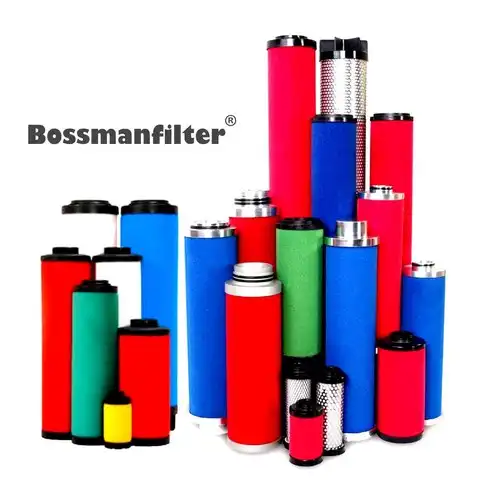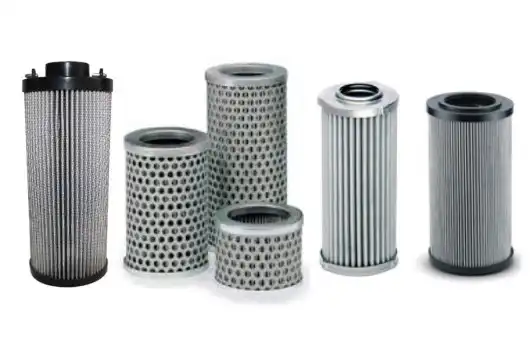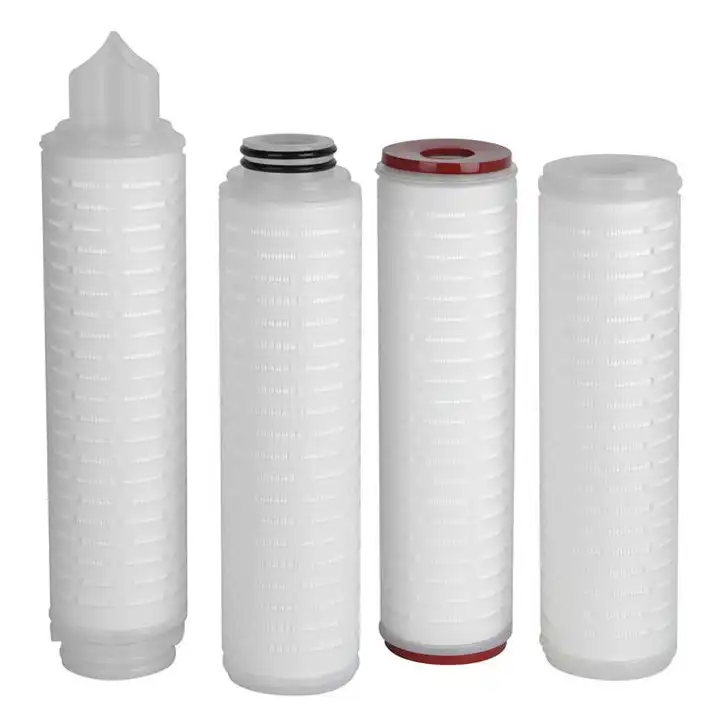Hydraulic oil filter element are ideal for use in hydraulil oil filter housing to product system components such us valves and hydraulic mmotors and reduce oil contamination.
We offer microglass hydraulic filter elements,paper oil filters,stainless steel hydraulic filter elements.Thease filters are available for various construction types.




